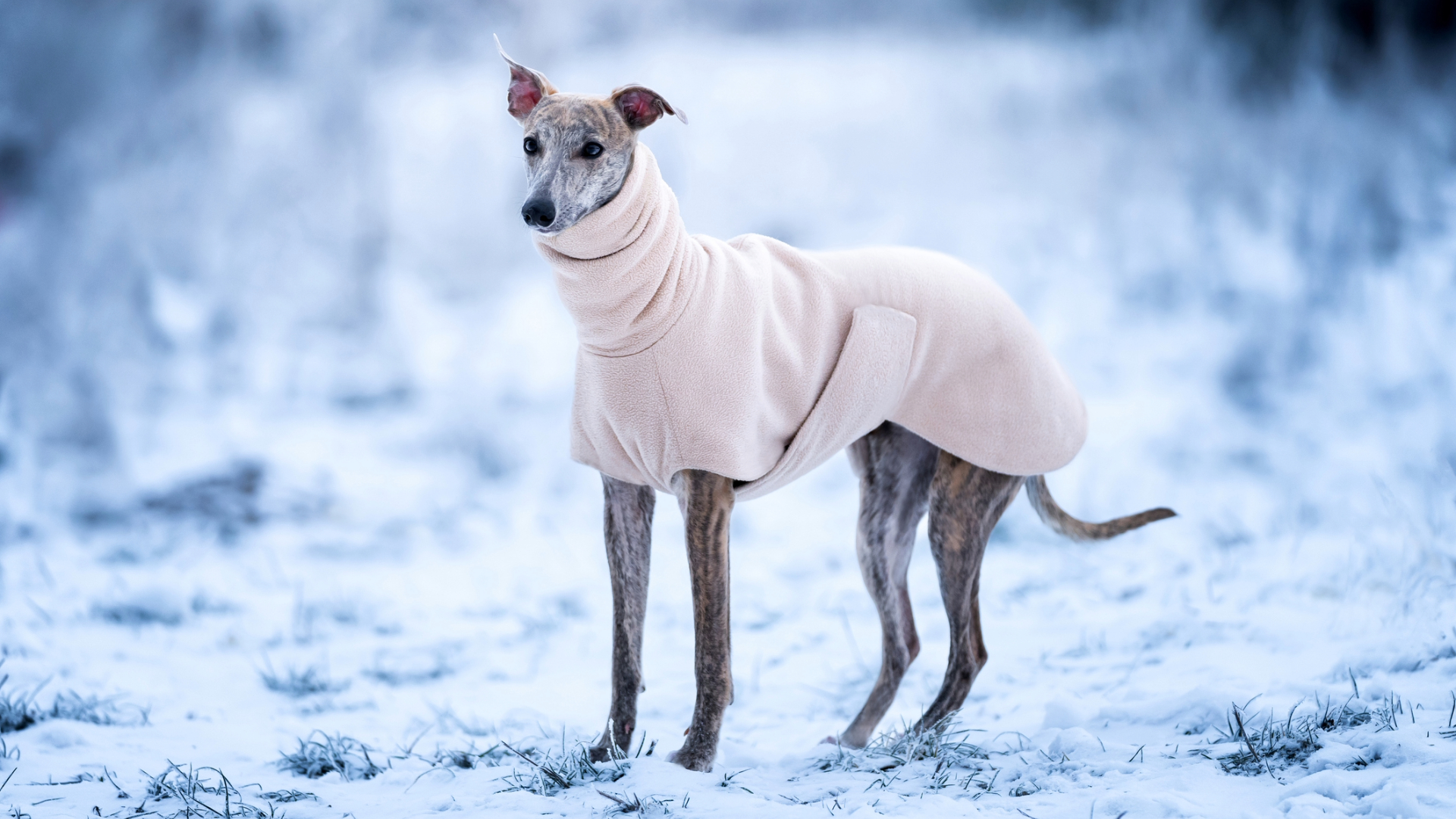 ---
---
Brrr! Is It Too Cold for a Walk? Keeping Your Pup Cozy and Safe
Winter is a magical time when everything is blanketed with snow and the air is crisp. But as beautiful as it is, chilly weather can be tough on our beloved furry friends. While we bundle up in coats and gloves, dogs don’t always have that option. So how do you know when it’s too cold for your dog to take a walk?
Winter Walks: A Cold Challenge
Walking your dog is a joyful part of the day, keeping them lively and happy. But when Jack Frost comes around, we need to be extra cautious. Just like extreme heat, the bitter cold can be dangerous for our canine pals, especially small, elderly, or very young pooches.
Coats: Who Needs Extra Layers?
- Smaller Dogs and Short-Haired Breeds: These pups, like Dalmatians, Dobermans, and Greyhounds, tend to feel the cold more at around 32°F. Their little bodies and sleek coats mean they lose heat quickly.
- Bigger, Fluffy Breeds: Dogs with thicker coats, like Newfoundlands and Huskies, can manage slightly chillier temps, maybe down to 24°F. But once it hits 20°F, it's best for all our woofers to stay snuggled indoors.
Puppies and Seniors: Extra Cuddles Required
- Old Pals: As dogs age, their metabolism slows, making it harder for them to keep warm. Cold can also aggravate arthritis pain.
- Young Bundles of Joy: Puppies, with their tiny size and less developed coats, can lose body heat quickly.
When to Stay In? Trust Your Feelings!
Here's a simple guide: if it's too cold for you, it's too cold for your dog. Each pupper is unique, so always listen to their body language and comfort levels.
Signs of a Chilled Pup
It's crucial to watch for signs that your dog is feeling the chill. Common indicators include:
Big Risks in Freezing Weather
- Frostbite: A serious cold-weather injury, frostbite affects ears, nose, paws, and tails, causing tissues to freeze. If you suspect frostbite, get to the vet straight away—don't try DIY fixes at home.
- Hypothermia: This occurs when a dog’s body temperature drops too low. Smaller breeds, pups, and seniors are more susceptible. If untreated, hypothermia can be life-threatening. Immediate vet care is needed for signs like shivering and lethargy.
Winter Walking Tips: Keeping Fido Happy
Although frosty days can be challenging, here are some ideas to keep walks safe and fun:
- Dress them warm: Use those doggie sweaters or jackets for an extra cozy layer.
- Time it right: Walk during warmer periods of the day, avoiding early mornings or late evenings.
- Stay Short: Brief but frequent walks could be better during the cold months.
- Paw Protection: Consider dog booties to protect their sensitive pads from ice, salt, and snow.
By following these tips, winter walks can be a wonderful bonding time with your four-legged family members.
Appreciate the Furry Love
Our pets bring endless love and joy into our lives every day. If you're thinking about inviting a new dog into your heart and home, consider adopting one in need. They could become your best cuddle buddy on a cold winter's night.
Feel free to share your love stories with your pets by tagging us on social media! Let's cherish the warmth they bring into our lives.